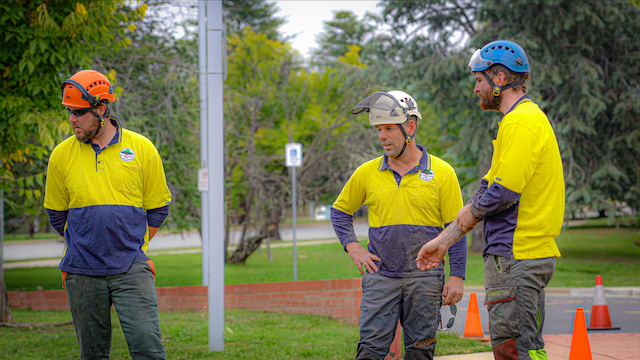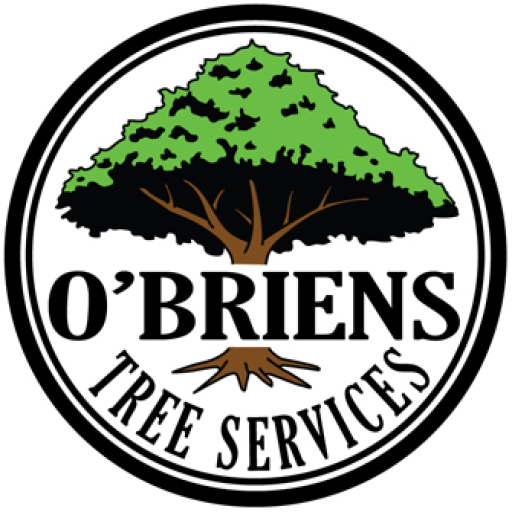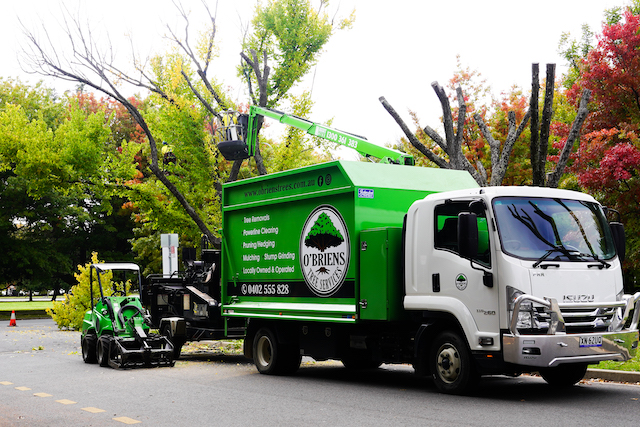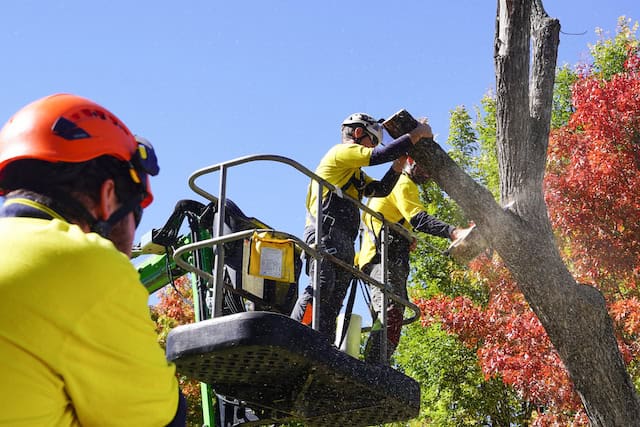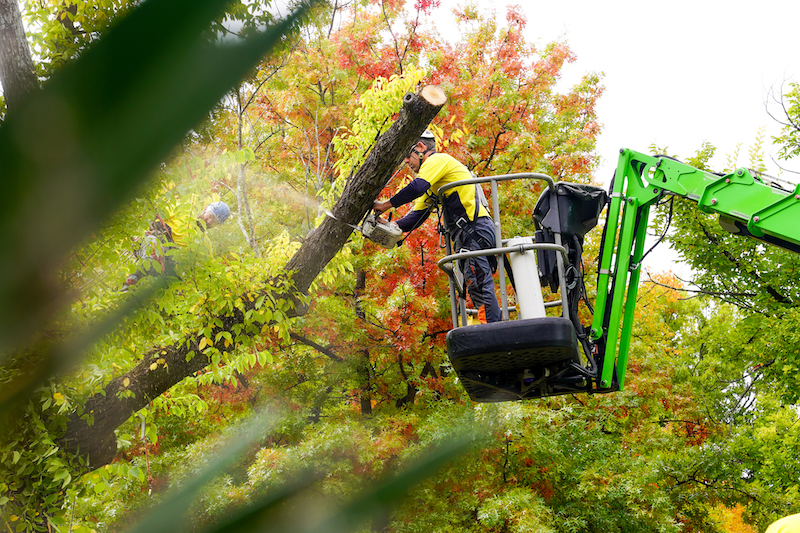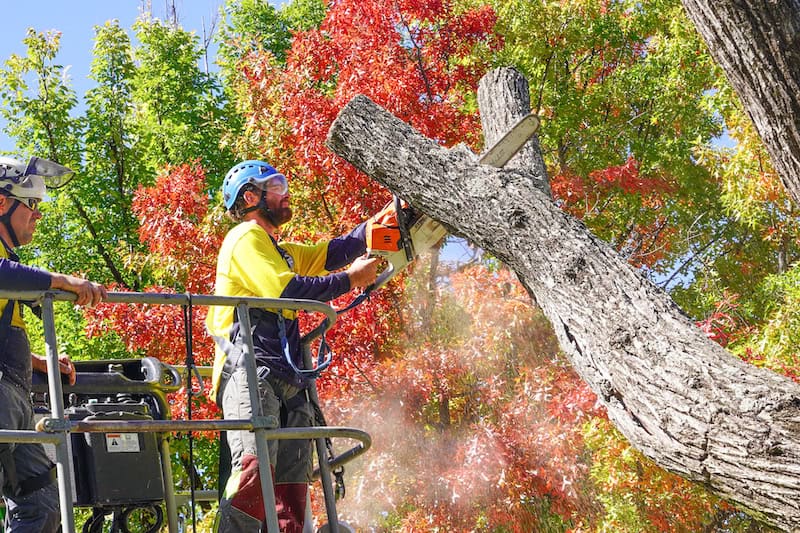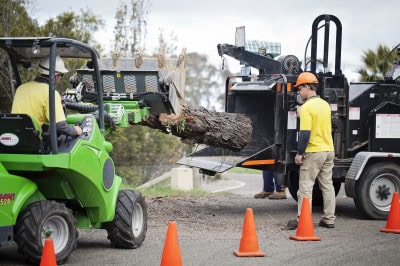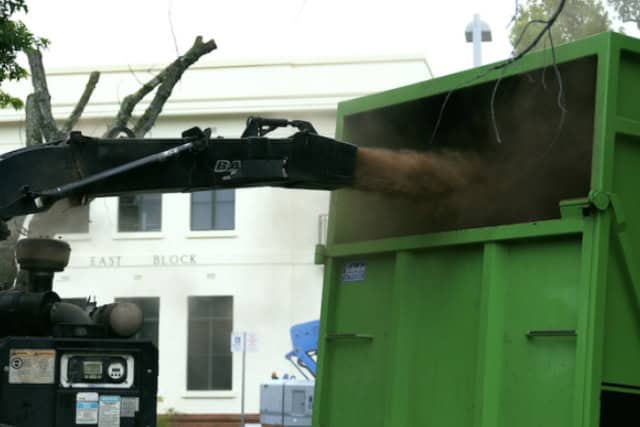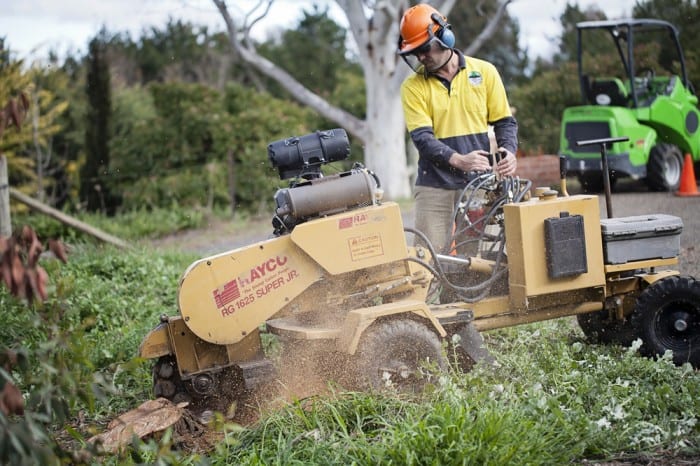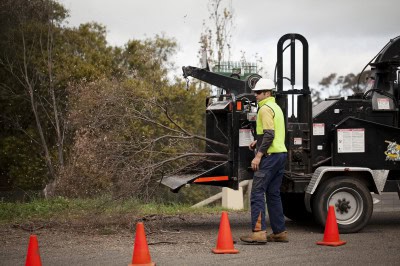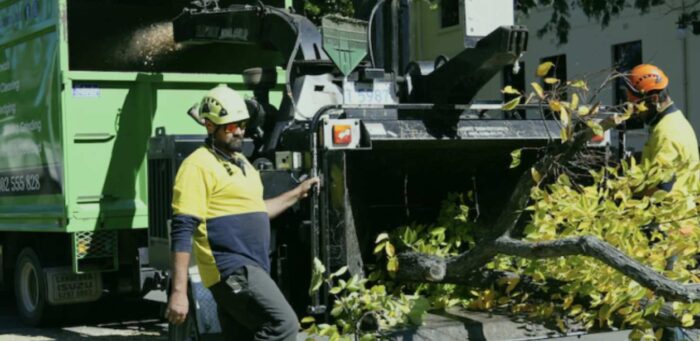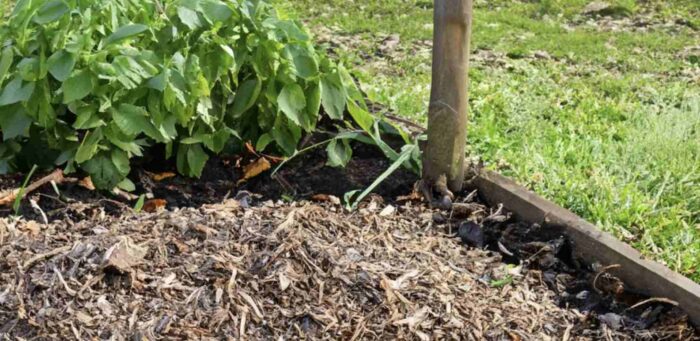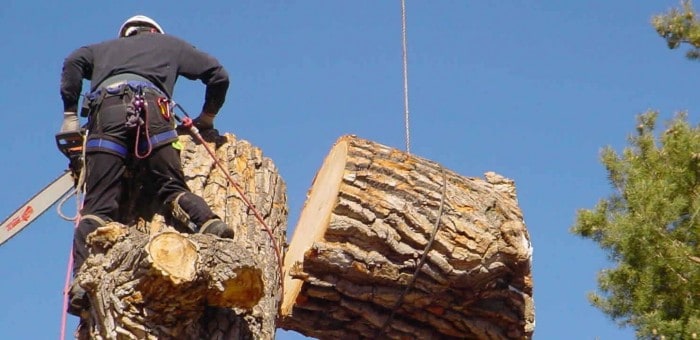Need Emergency Tree Services
Call now at (0402) 555-828
When it comes to tree care, it’s about more than just keeping your landscape looking good, it’s about safety. Trees can become hazardous if not maintained, and a professional Tree Risk Assessment can prevent damage to your property and protect the health of your trees.
Here are 10 signs that it’s time to call an arborist for an evaluation.
1. Cracks or Splits in the Trunk
A tree’s trunk is its backbone. Cracks or splits can signal structural problems, potentially making the tree unstable. Damage to the trunk can be caused by storms or decay, exposing the tree to further deterioration or even collapse.
2. Dead or Dying Branches
Dead branches are a major hazard. They can fall without warning, causing injury or damage. An arborist can assess the situation and recommend pruning or removal to keep your tree—and property—safe.
3. Discoloured Leaves
Discoloured leaves could indicate a pest infestation or nutrient deficiency. Whether it’s yellowing due to poor nutrition or fungal infections, an arborist can diagnose the issue and suggest a treatment plan.
4. Wilted Leaves
Wilted leaves are often a sign of drought or root damage. If the tree isn’t absorbing enough water, it needs attention. An arborist can evaluate the root system and recommend solutions like watering or root pruning.
5. Fungus Growth
If you notice fungus growing on or near your tree, it could be a sign of decay. Fungus can weaken the tree and cause it to become structurally unsound. An arborist can help stop the growth and prevent further damage.
6. Peeling Bark
While peeling bark can be natural in older trees, in younger ones, it can be a sign of disease or pest problems. A qualified arborist can assess the situation and determine if treatment or monitoring is necessary.
7. Fallen Branches
Branches falling off your tree regularly could signal structural issues or disease. It’s essential to have an expert check for potential hazards and decide if pruning or removal is necessary.
8. Leaning Tree
A tree that is leaning is a clear sign of instability. Root damage or structural issues can cause trees to lean, increasing the risk of falling. An arborist will evaluate whether bracing, cabling, or removal is needed.
9. Multiple Trunks
Multiple trunks can make a tree more prone to splitting or falling. An experienced arborist will assess the tree’s health and recommend the best action, which may include removing one trunk or the entire tree.
10. Overgrown or Poorly Pruned Branches
Overgrown branches can become weak and more likely to break. Poor pruning can also damage your tree, making it vulnerable to pests and disease. Proper pruning techniques, performed by a professional, help ensure the tree remains healthy.
At O’Brien Tree Services, we provide comprehensive tree inspection and diagnosis services in Canberra to keep your trees safe and your property protected. If you notice any of these signs, it’s time to call an arborist. Our team offers tree risk assessment services near Canberra, along with affordable tree care solutions Canberra, including emergency tree removal Canberra and stump grinding Canberra. For reliable tree care, contact O’Brien Tree Services today.
TREE SERVICES CANBERRA
OUR CANBERRA TREE SERVICES INCLUDE:
WE ALSO OFFER A RANGE OF EXTRA TREE SERVICES
CONTACT US FOR A FREE QUOTE
